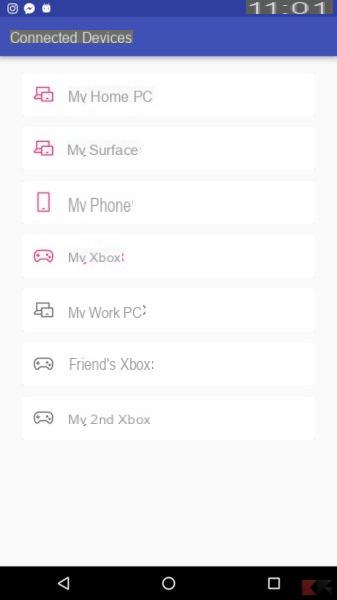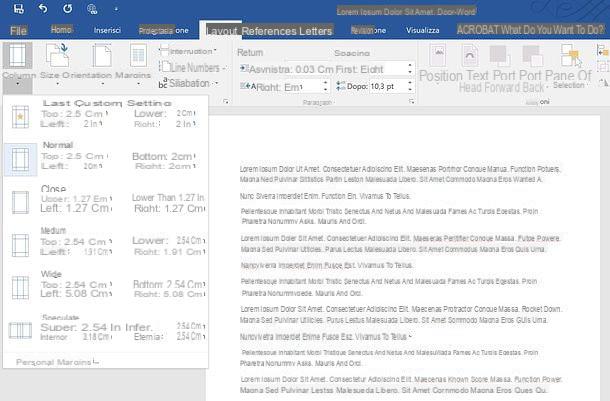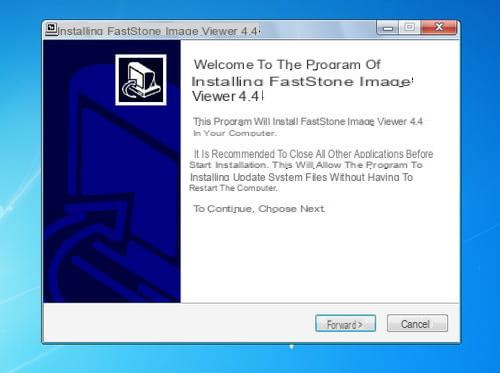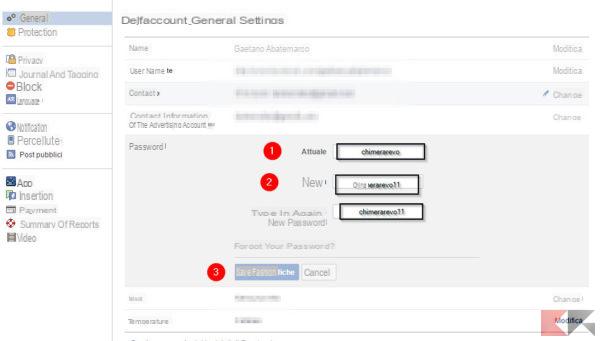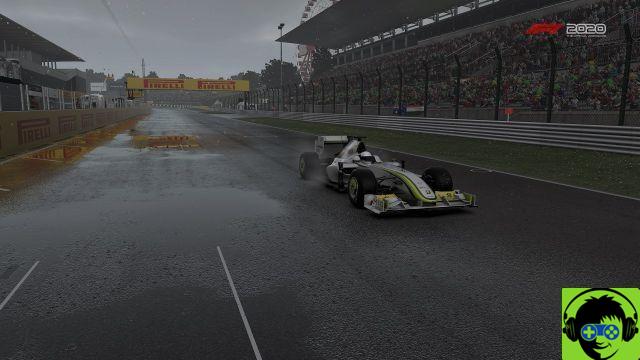
Anyone who has ever driven in heavy rain will be able to attest to how difficult the conditions are. Reduced visibility, harsher braking conditions and reduced grip are just a few of the dangers that await you. Now imagine that scenario, but in an open-wheeled race car going at speeds over 200 miles per hour, in a large helmet with up to 20 other drivers all experiencing the same conditions trying to overtake you.
F1 is a sport that can be amazing for spectators, but it can be the toughest and most dangerous for drivers once the rain has fallen, and F1 2020 car control means you can't just drive in the wet like you would do it in the dry. This is amplified massively if you are a gamer who prefers to play with the aids turned off as the acceleration becomes incredibly easy to spin your car.
When it comes to taking F1 2020 turns, the game recommends that you use the "lift and coast" method in your approach. Hill lifting is the method of lifting the throttle before a turn toward the braking zone of a turn, where you would need to brake to take it effectively. Typically, this is used to help maintain good fuel economy as you progress through a race, but it becomes more important when driving in the rain as the extra slippage of the wet track makes it break. more firm very difficult to maintain the balance of the car.
Not only that, but acceleration out of the grid and out of a corner is also made much more difficult because the traction control system in the car is unable to maintain grip on the tarmac comfortably. In this situation, the best approach is to be more subtle on the throttle, taking more time to put the throttle at full power. This should allow your tires to keep traction while maintaining control over tracking.
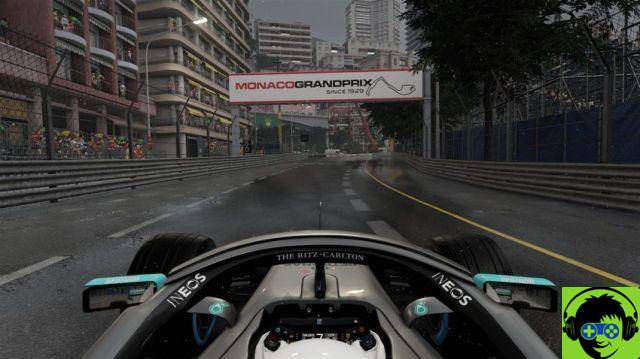

You should also avoid turning sharply. The wet surface makes it more slippery, which means that a tighter turn will lose traction on the track faster, making you turn more easily. If that means stopping for longer in a turn to present a cleaner transition in a turn, it should help keep you on track.
Finally, only use boosters like DRS and ERS when you absolutely need them and when you don't need to spin. The improvement with ERS in particular can lead to stability issues even on a dry surface, so sending extra power to the wheels should only be done in a straight line, and when you are sure you will be able to safely manage an overrun.
Together, these tips should help you maintain a good pace on a wet track. Other riders will also be turning on wet tracks, so you may see more yellow flags in Grand Prix races, where you won't be able to overtake and will need to be vigilant to avoid penalties.











